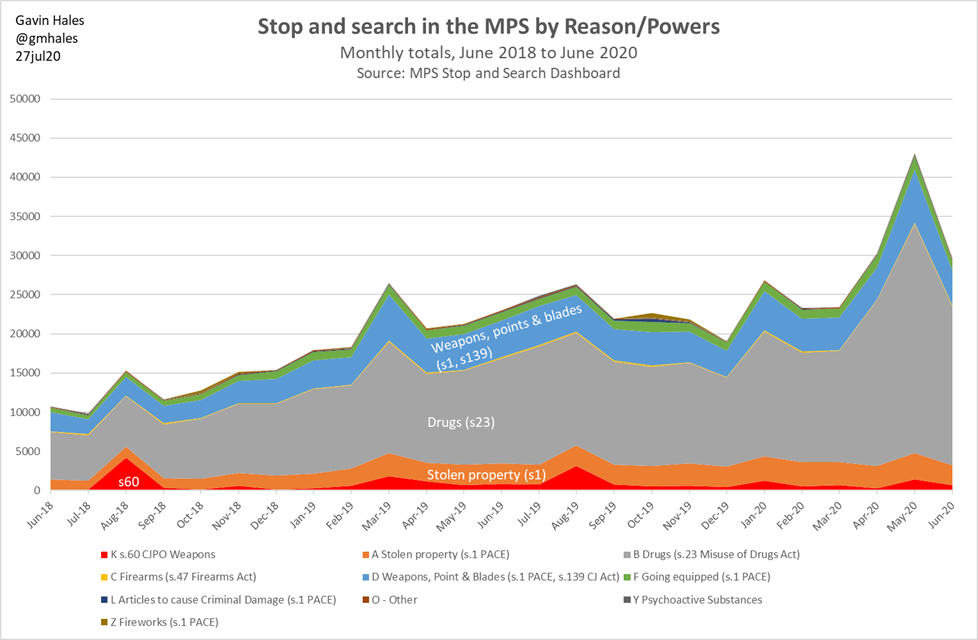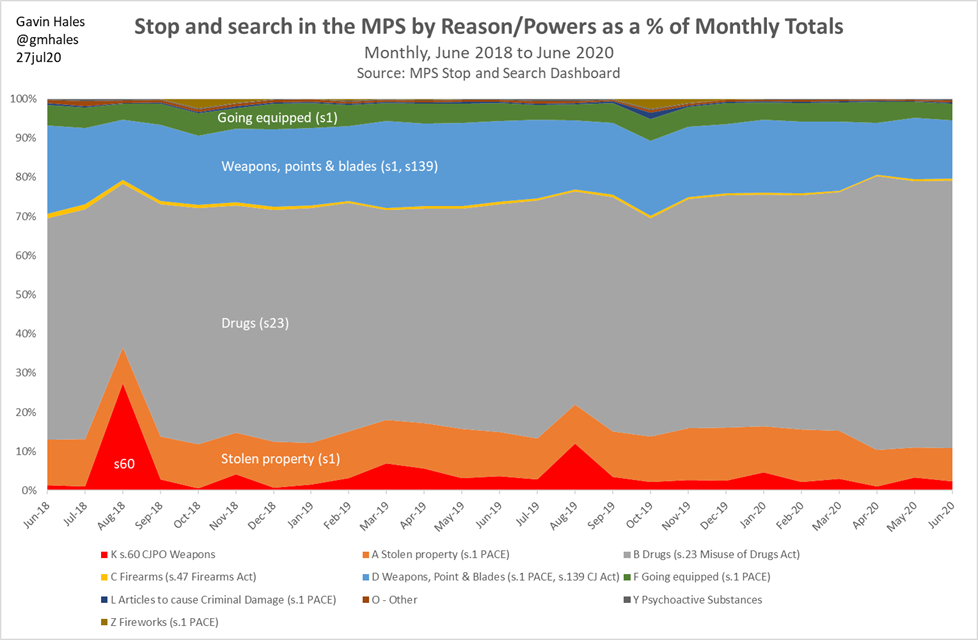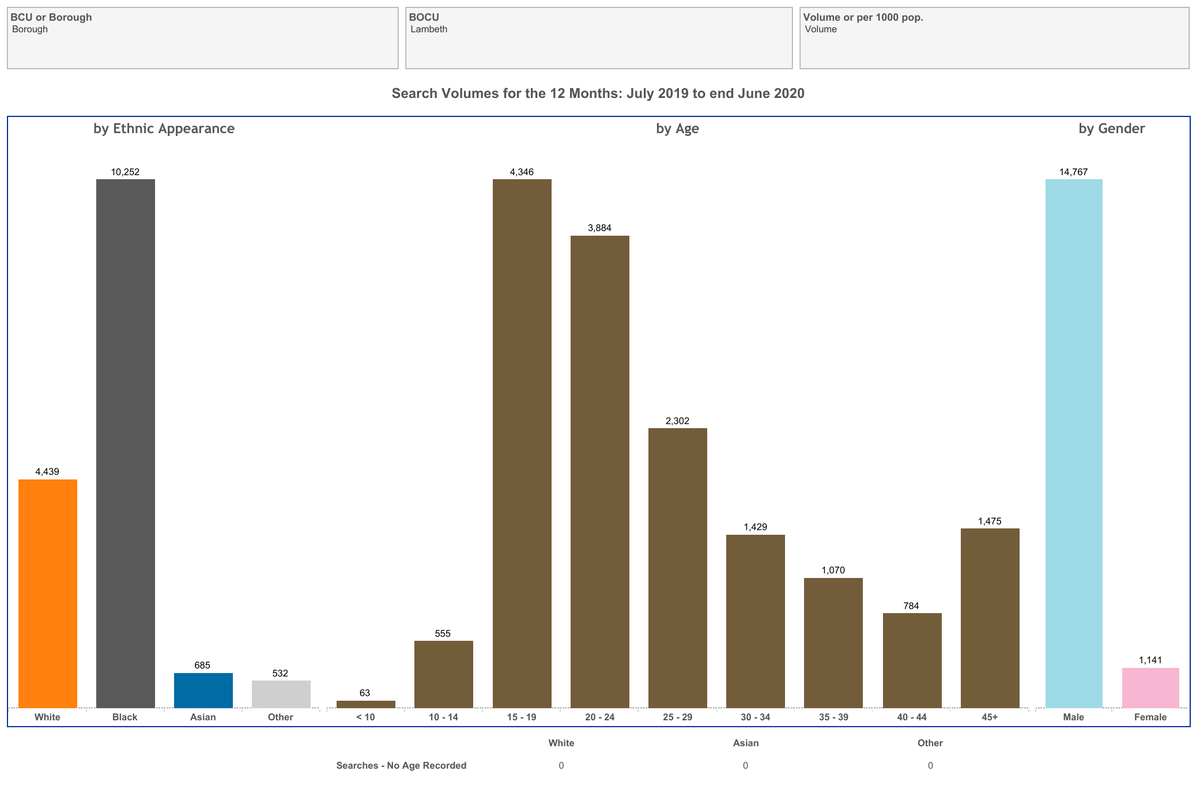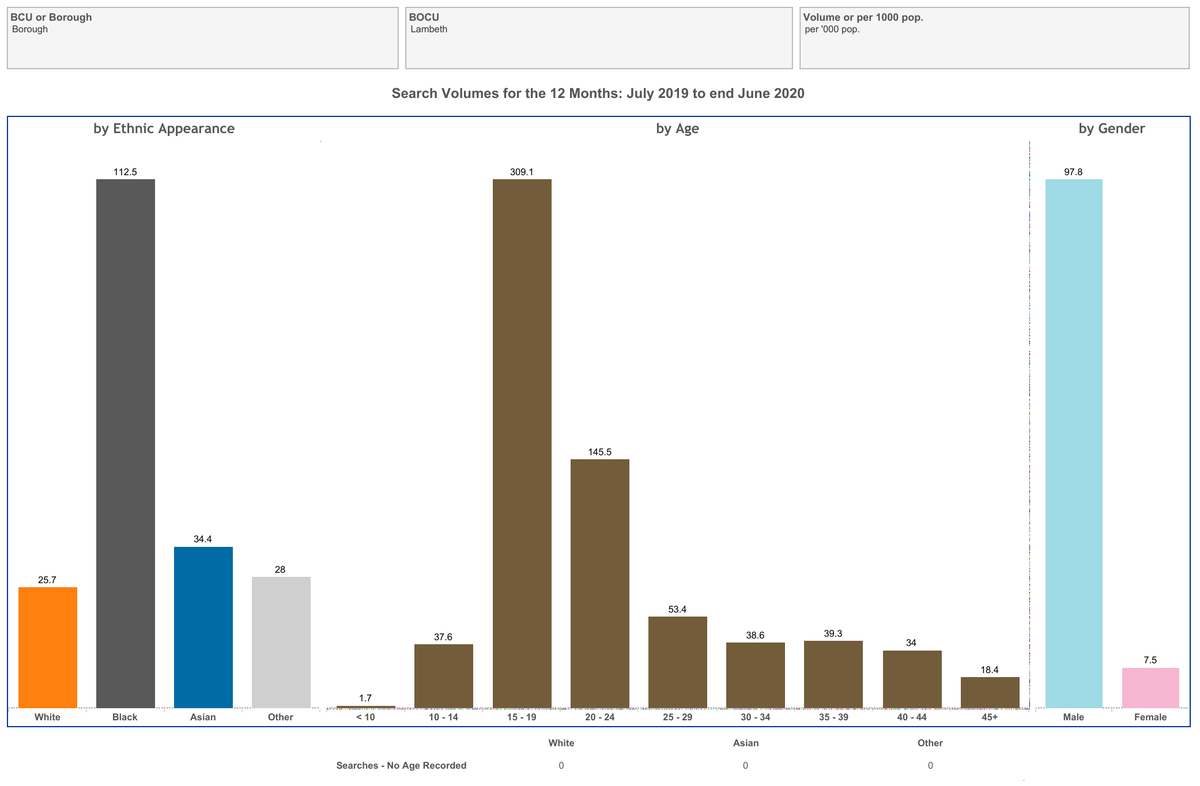
Here's a question: do police officers get any training on the risks of logical fallacies (and/or statistics...)?
What am I on about? Bear with me...
[Short thread]
1/
What am I on about? Bear with me...
[Short thread]
1/
I attended (virtually) a meeting the other day at which several attendees described their/their colleagues' experiences of being stopped and searched by police during lockdown. Most of the cases related to s23 drugs #stopsearch-es. A couple had received media coverage.
2/
2/
Eg 2 scenarios. (i) Black man sitting in his nice car (in a fairly deprived area) minding his own business, police stop next to him and ask him to get out for a s23 drugs search. (ii) Young people delivering food parcels #stopsearch-ed on suspicion of dealing drugs.
3/
3/
I've previously tweeted about the use of s23 powers re cannabis when the priority is knives, including an officer describing to me the way most gang members, knife carriers etc they interact with use cannabis
4/
https://twitter.com/gmhales/status/1108694015132737537?s=20
4/
The implication seemed to be that cannabis possession/use is an indicator of other offending - which seemed to ignore that even if most knife carriers use cannabis, most cannabis users won't carry knives. I.e. the cannabis is only weakly predictive.
5/
5/
This got me wondering if police officers, in forming suspicion, at times fall into the trap of a logical fallacy, specifically 'faulty generalisation' en.wikipedia.org/wiki/Faulty_ge…
IE, they assume the sample of the popn they come into contact with is representative (hence stats).
6/
IE, they assume the sample of the popn they come into contact with is representative (hence stats).
6/
EGs: Gang members use cannabis, therefore cannabis use is grounds to suspect gang membership. Drug dealers in poor, diverse neighbourhoods are often Black men who drive nice cars, therefore a Black man driving a nice car in a poor neighbourhood = grounds to suspect drugs.
7/
7/
Eg drug dealers were disguising themselves as key workers during lockdown (which is true) therefore people from similar demographics presenting themselves as key workers = grounds to suspect drug dealing.
8/
8/
The result is that lots of law-abiding people get caught up as suspected of offences - in some cases frequently - and the legitimacy of #stopsearch and other coercive powers are called into question.
9/
9/
Closing thoughts.
First, the risks of this logical fallacy must be greater where presumed indicators of criminality are actually manifestations of wider cultural norms/behaviours (nice cars, hoodies, on street group socialising....?)
10/
First, the risks of this logical fallacy must be greater where presumed indicators of criminality are actually manifestations of wider cultural norms/behaviours (nice cars, hoodies, on street group socialising....?)
10/
Second, is the ability of officers to distinguish between predictive and non-predictive indicators in part a function of their familiarity with those cultural norms etc? Ie if the main contact they have is via enforcement rather than as neighbours etc (different 'samples').
11/
11/
Third, if officers better understood the risks of this logical fallacy, would they be more discerning in the use of their powers? Related: is this an argument for closer scrutiny of grounds (again) to ensure they are formed appropriately/as specifically as possible?
12/12
12/12
• • •
Missing some Tweet in this thread? You can try to
force a refresh







